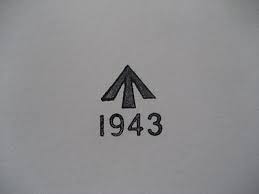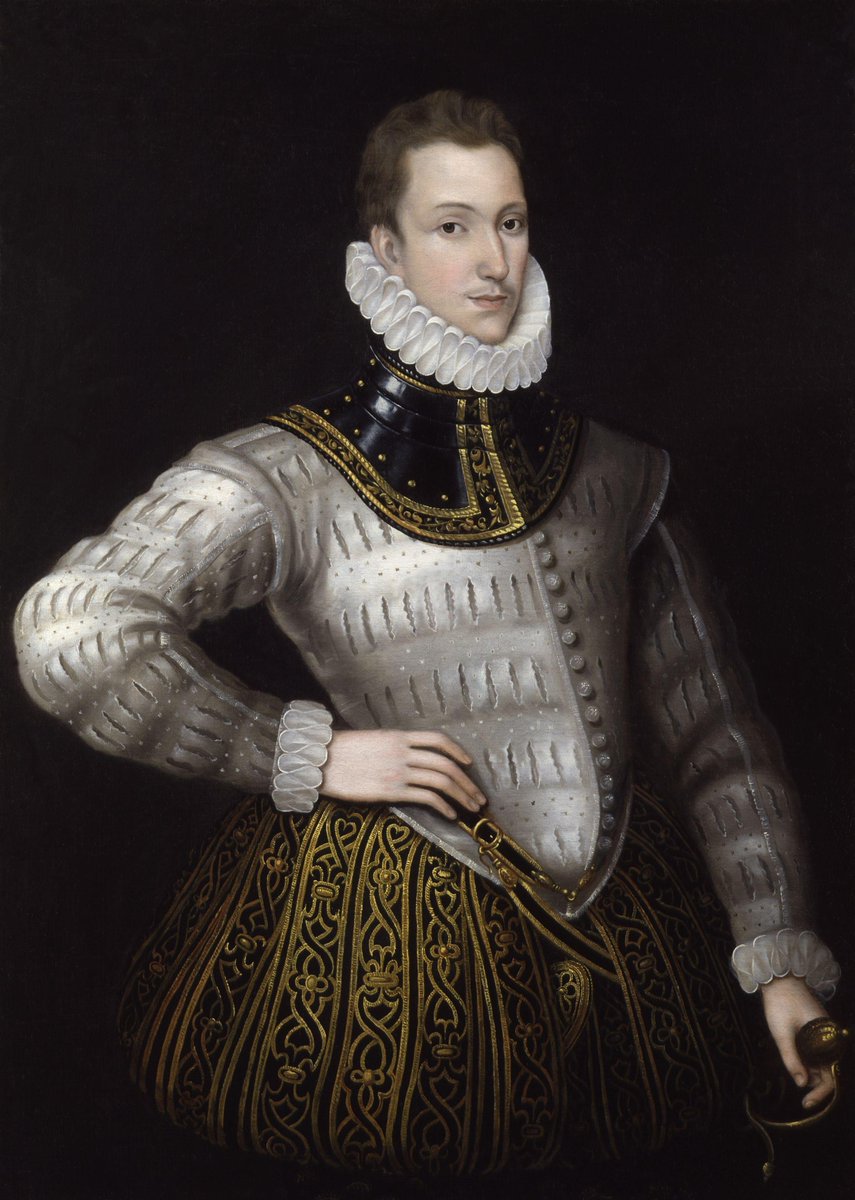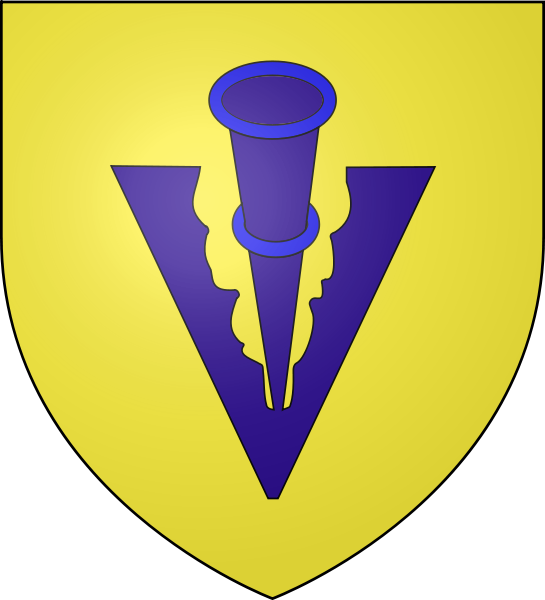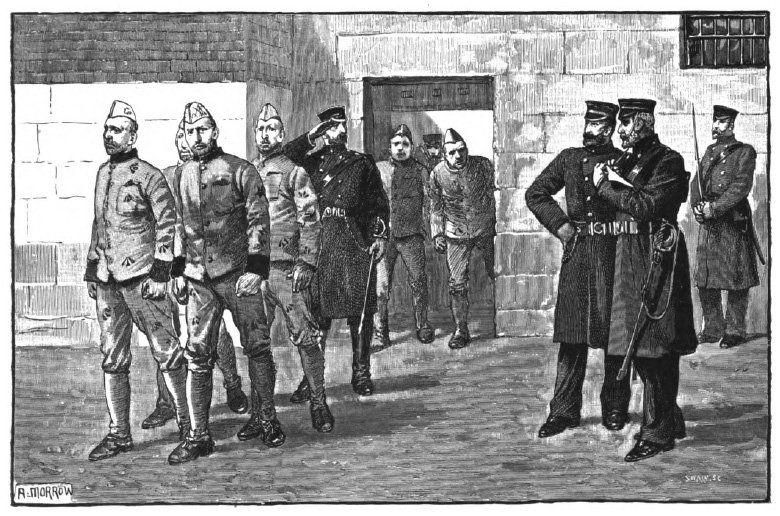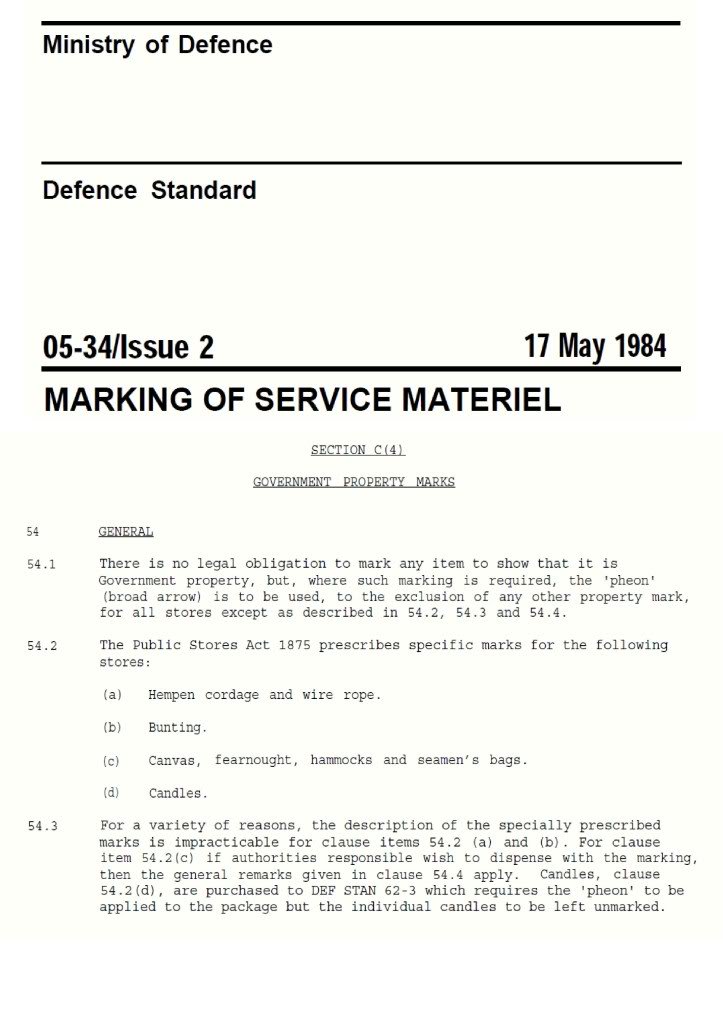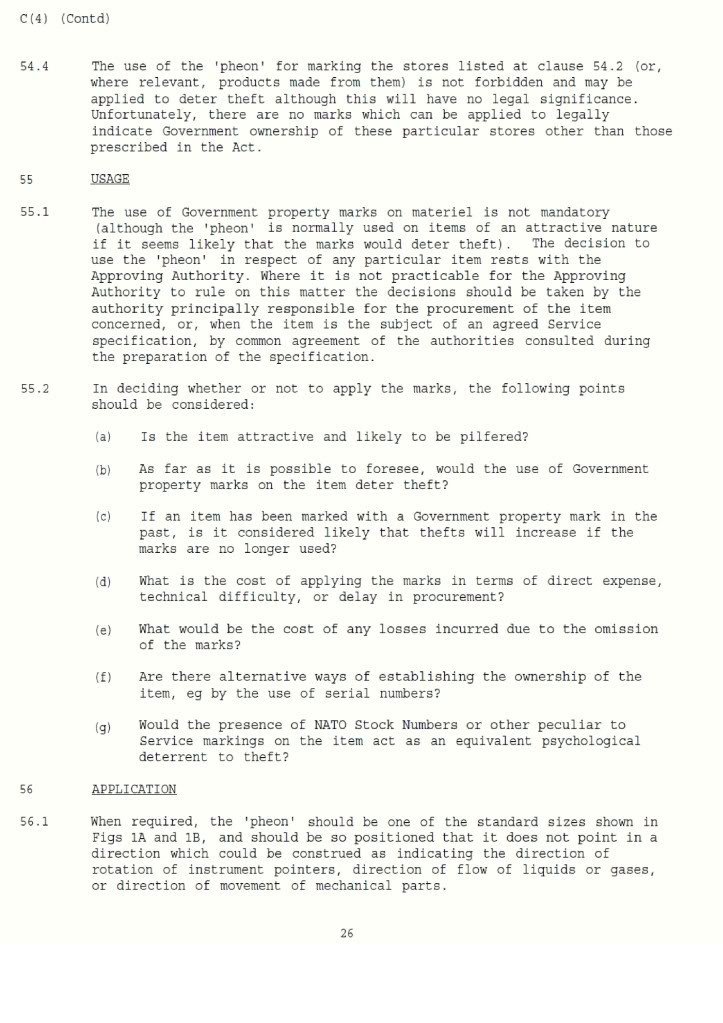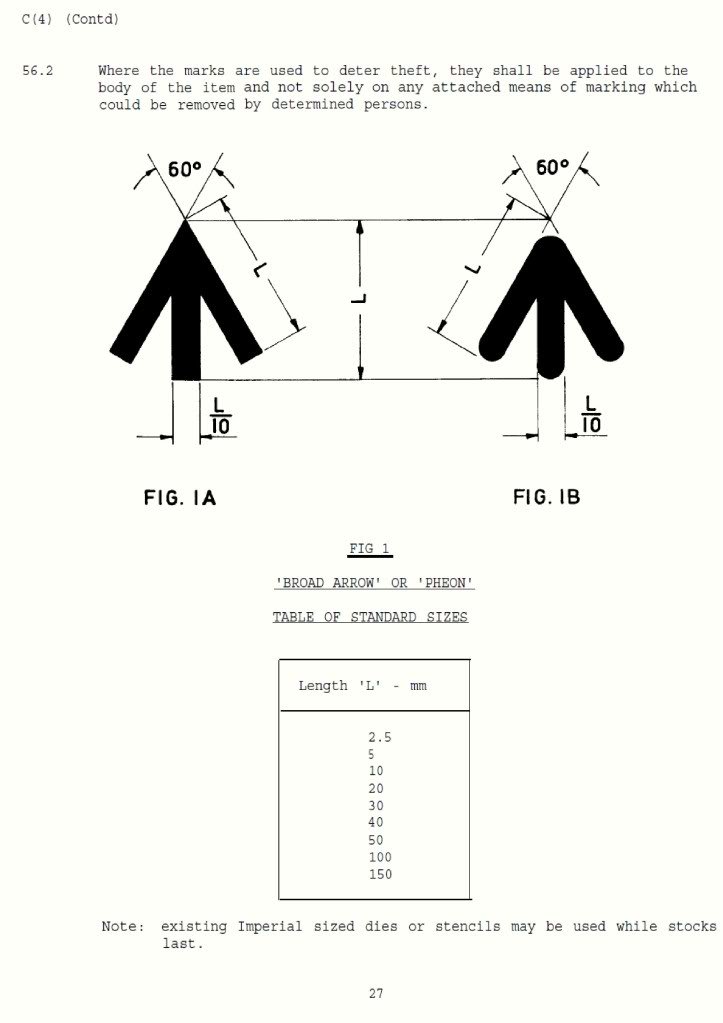A quick thread on the Broad Arrow (or an engrailed variety called a Pheon), a symbol seen everything from government furniture to machine guns, and from watches to tanks
But where did it come from?
1/
But where did it come from?
1/
It is traditionally associated with the War Department but has a history that goes back to Henry VIII and the establishment of the Board of Ordnance. The symbol's introduction is generally attributed to the joint Master of Ordnance in 1585, Sir Philip Sydney
/2
/2
It was generally used as a mark of ownership and origin for supplies destined for the Royal Navy, one of the earliest uses of standard product marking. The symbol itself was said to have been derived from Sydney family heraldry
/3
/3
Other sources dispute this and put its first use even earlier, but whatever the actual origin, the use of the symbol continued as a mark of ownership.
Prisoners included
/4
Prisoners included
/4
Empire and Commonwealth nations also used the symbol and there seemed to be no limit to what would be marked, screws to toilet rolls, timber to tanks, all had the mark!
/5
/5
The Public Stores Act of 1875 lists the symbol, it is a a criminal offence in the United Kingdom to reproduce the broad arrow without authority
/7
https://www.legislation.gov.uk/ukpga/Vict/38-39/25/contents
/7
https://www.legislation.gov.uk/ukpga/Vict/38-39/25/contents
Two opposing broad arrows, point to point, indicate the item is no longer in service, sometimes seen on swords and other similar items.
/8
/8

 Read on Twitter
Read on Twitter